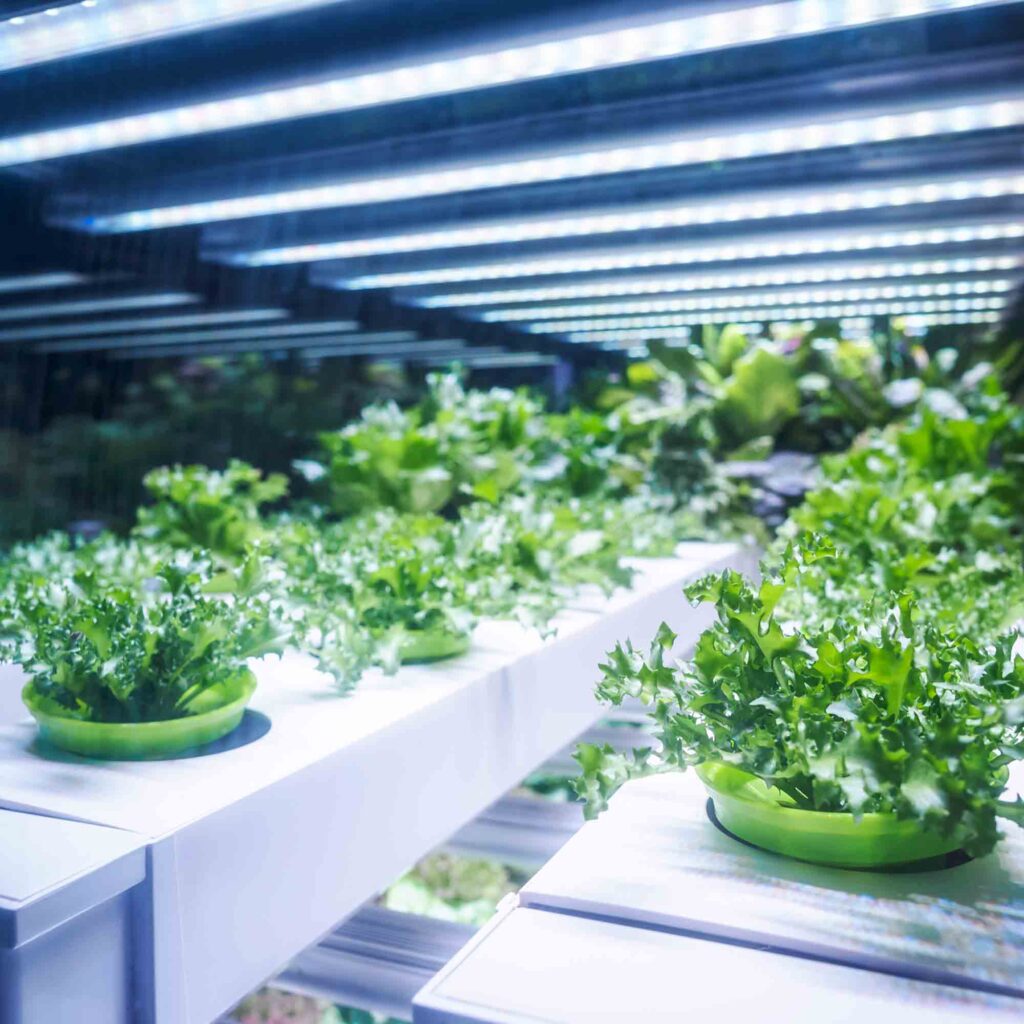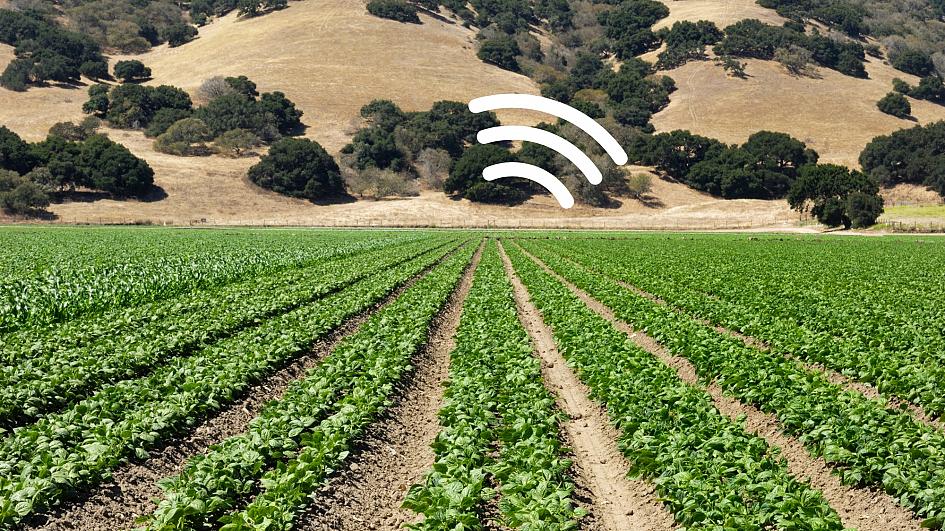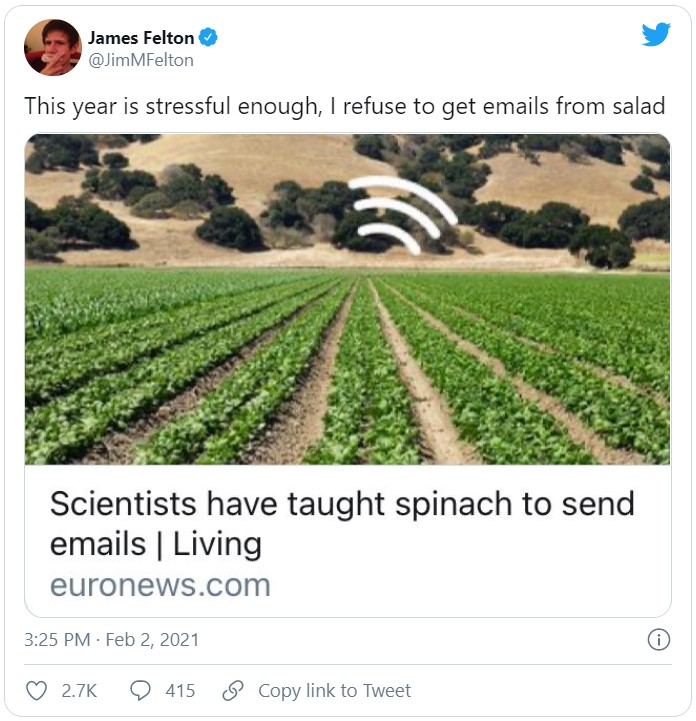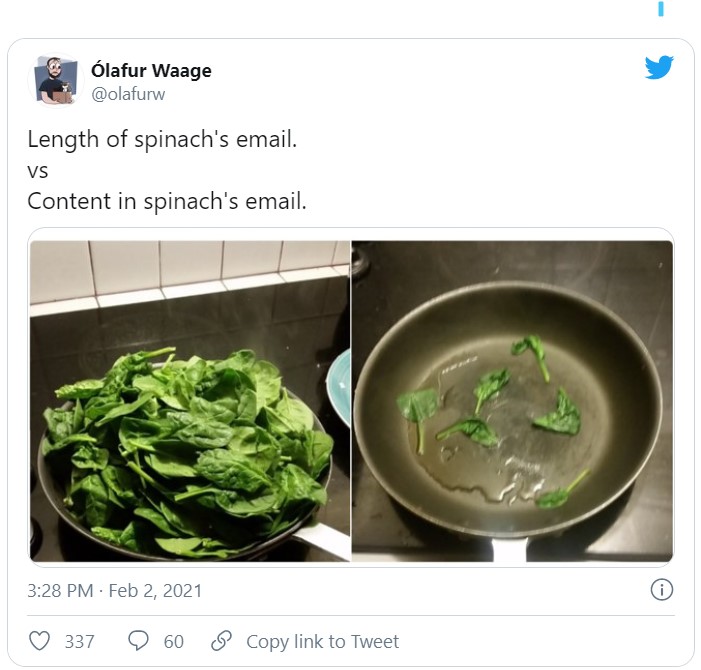Scientists and researchers have been working to combat climate change and proliferate healthy environment with as much as eco-friendly approaches. For this, biotechnology and nanotechnology aid a great part. In the flow, Scientists have now discovered a way to turn the spinach, the same spinach that aids your bone health, eyes and lot more, into a sensor, detecting explosives & sending emails is a true fact, though it sounds to be as science-fiction movie.
Sending emails not exactly apply to typing your subject and body of the mail, but just kinda clicking the ‘send’ button; something, that people misunderstood. Confusing? Read fully.
Turning Spinach into Sensors
MIT engineers in the US have developed spinach leaves as sensors capable of detecting explosive materials through nanotechnology. The plants then pass the information to scientists wirelessly.
Spinach leaves are adhered with carbon nanotubes to provide ability to detect explosive compounds like nitroaromatics in the ground. These nanotubes then relay the signal to an infrared camera, which is read and sent as an alert via email to scientists. Thus, and thus, spinach acts as a detector, sensing & passing the information to a system, ultimately sending email, under a criterion of presence of any explosives. This concept has widely become a misconception, claiming ‘spinach leaves could send emails for you’.
“This is a novel demonstration of how we have overcome the plant/human communication barrier,” says Michael Strano who led the research.
This sensing capability also adept the leaves to warn the researchers about pollution and other environmental conditions, besides detecting explosives. Thanks to carbon-nanotubes, cohered with it.
For real, spinach leaves are washed, juiced and grounded into a powder, transforming its esculent into nanosheets succoring the process.
Spinach leaves for battery-making
Attaining to its abundant iron and nitrogen content, which are essential compounds as catalysts, spinach leaves are included in the manufacturing of metal-air batteries and fuel cells, to uplift the efficiency: Scientists of American University informed. Metal-air batteries are a more energy efficient alternative to lithium-ion batteries.
“The method we tested can produce highly active, carbon-based catalysts from spinach, which is a renewable biomass,” explains Professor Shouzhong Zou, who led the paper. “In fact, we believe it outperforms commercial platinum catalysts in both activity and stability.”
Plant Nanobionics

The researches engineering electronic components and systems into plants has been gradually broadening the scope, under the field “plant nanobionics”. The realm is effectively the process of giving plants new abilities, to make it smart too.
“Plants are very good analytical chemists,” explains Professor Michael Strano who led the research.“This is a novel demonstration of how we have overcome the plant/human communication barrier,” he added.
The experiment findings were published in 2016 but the research recently resurfaced in headlines, sparking interest amongst social media users who immediately got the topic trending on Twitter.

References:
- https://www.euronews.com/living/2021/02/01/scientists-have-taught-spinach-to-send-emails-and-it-could-warn-us-about-climate-change#
- https://in.mashable.com/culture/20005/scientists-have-taught-spinach-to-send-emails-and-people-have-a-fresh-crop-of-imaginary-human-plant
- https://in.ign.com/tech/154575/news/scientists-have-taught-spinach-to-send-emails-when-they-detect-landmines









Spot on with this write-up, I absolutely believe this web site needs a great deal
more attention. I’ll probably be returning to see more,
thanks for the advice!
Thanks for your support & glad to have you as a reader. Thank you!